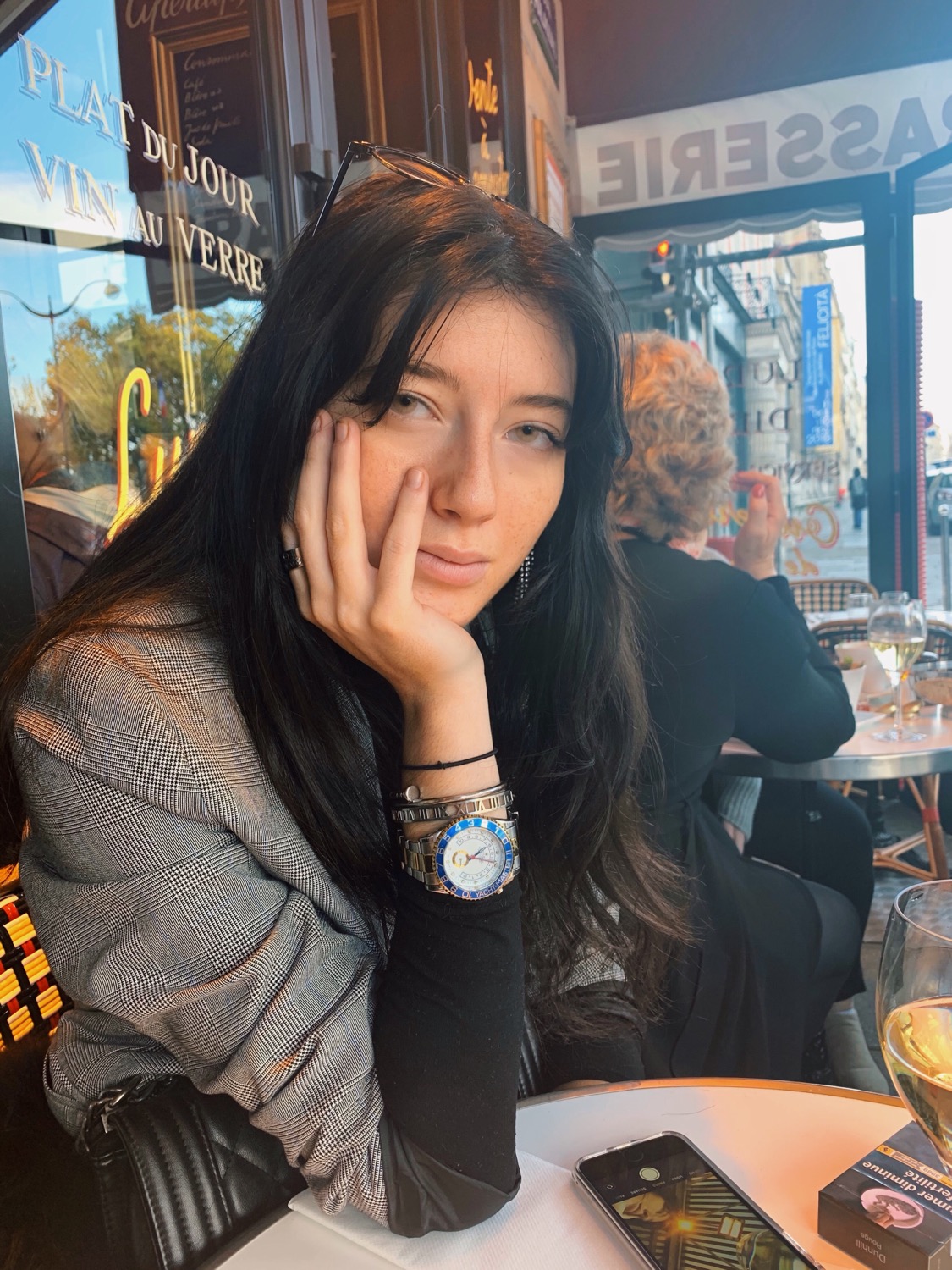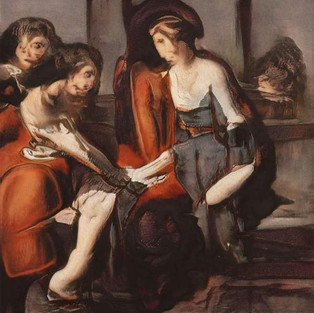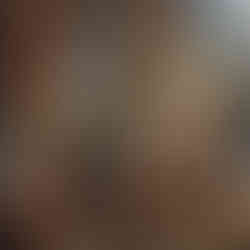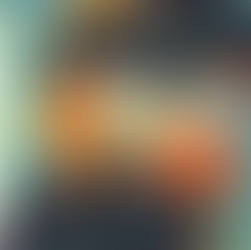ARTificial INTELLIGENCE | THE WEIRD WORLD OF AI ART
- Victoria Comstock-Kershaw
- Feb 6, 2020
- 3 min read
Updated: Feb 7, 2020
Can a machine be creative? In the world of self-driving cars, automatic checkout machines and those weird message suggestions on LinkedIn, it seems almost as if the existence of machine-made art should come as no surprise. The peak of this "ARTificial intelligence" can be found in ART AI, a Cambridge University project that has gained both traction and popularity over the last few months. FETCH takes a deeper look into the budding intersection of art and artificial intelligence.

"I am an AI, but you can call me Artie." Cambridge University's affectionately nicknamed ART AI project was not the first to delve into the concept of modern machine-made art. Although artists from the 50s onwards like Frieder Nake, Georg Nees, Manfred Mohr and Vera Molnár had explored notions of using algorithms, plotters and mainframe computers to generate visually appealing images, it was Google's infamous DeepDream project that first put AI Art on the mainstream artistic map: the creation was designed originally as an algorithm to detect faces in images, but when applied in reverse was capable of creating insanely psychedelic artworks. The unnerving swirls and disfigured sags of these creations inspired artists like Mario Klingemann, who created the first ever AI-generated artwork to sell at auction in 2015, and Helena Sarin, who pioneered using GANs (Generative Adversarial Networks) to create her work. But it was Artie that acted as the break that AI Art needed to establish itself as more than a viral phenomenon, and is helping to concretise the role of AI in the artistic canon: its' GANs can generate new images from scratch that are guaranteed to look like "real art".

In practice, training these generators requires the training of two separate Neural Networks - The "Critic" and the "Generator". The role of the Critic has access to a vast collection of human art, and given a new image decides whether it shares some of their features. The generator's role is to create an image that will convince the Critic that the output image is real. The two networks are then trained together, with the Critic improving its detection of "fake" images and the generator improving its' ability to fool the Critic. It's a delicate dance that is arguably oddly reflective of how most real artists work: the more pieces produced, the better they are. Even more impressively, Artie's GANs can recognise and establish different styles, subjects, mediums and eras. This results in truly specific pieces that still fall into traditional artistic categories, from portraiture to nature to abstract to surreal.
It's perhaps this emulation of specific, pre-established styles and subjects that what lends Artie to the definition of "real art". Treasure Island would not look out of place in an impressionist exhibition, and Cloud 9 may as well have been painted by Monet. The brushwork of Van Gogh, the figures of Degas and the texture of Cezanne are all present in the abstract tumble of Humans Trapped in Flowers as well as the ironically-named Concretenation, and it is arguably this ever-present replication of late 19th century artistc canon makes Artie's work so convincing. We are lulled into a false sense of authenticity by the recognisability of the artwork, comforted by the familiarity of style and subject, finding solace in the representation of everyday artistic practice and aesthetic. There is real beauty to many of Artie's pieces: the striking gaze of Melancholic in Pink, the gentle serenity of Deep Woods, the tropical colours of Ornament and Vibrant Membrane. Artie manages to create a vast and dynamic range of emotions and tones through its' pieces - and its' perhaps this ability to replicated such a wide and deep artistic canon that fascinates us the most.
There's still a feeling of somber discomfort behind every piece. The success and beauty of Artie's creations raise a lot of questions about the very nature of art itself: it has taken humans thousands of years and millions of artists to established to establish what we know as the artistic canon - there is something deep disconcerting about the knowledge that limitless amounts of human time, effort and energy can be summed up by the click of a button. The trials and tribulations of artistic progress, the historic battles and legendary contributions of art history from the cave scribbles to Dali are compressed into a single, all-knowing and constantly-learning entity. It's a fierce reminder of art's ephemeral nature - and, to an extent, our own.
Image credits: Google DeepDream Generator, Art AI, Georg Nees


























